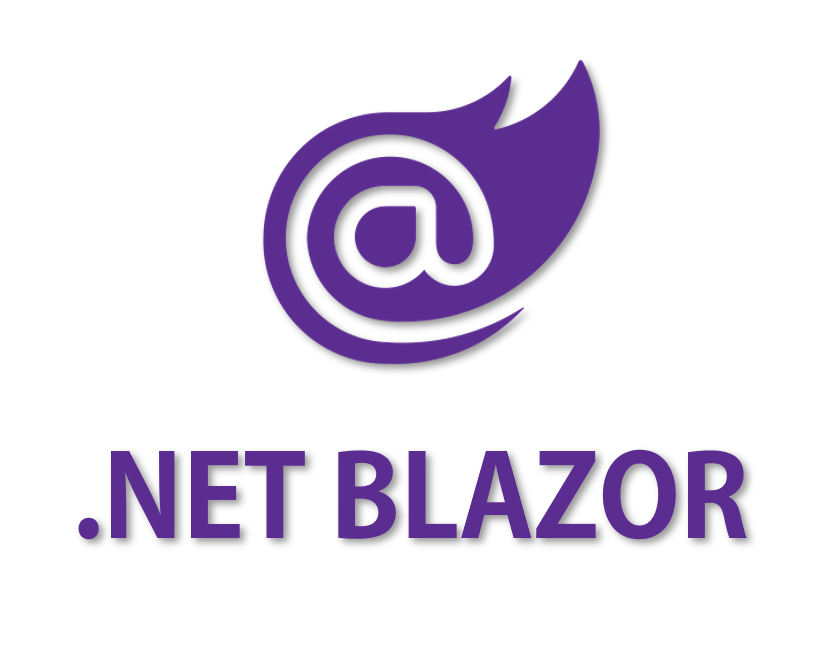Exploring the Power of Blazor in .NET Core Development
 Utsav Basyal
Utsav Basyal
Introduction:
In the ever-evolving landscape of web development, the .NET ecosystem has continued to impress with its versatility and efficiency. One of the notable additions to the .NET Core framework is Blazor, a framework that allows developers to build interactive web applications using C# and .NET instead of relying on traditional JavaScript. In this article, we will delve into the power of Blazor and its seamless integration with .NET Core.
Understanding Blazor:
Blazor, a fusion of "Browser" and ".NET Razor," is an open-source web framework developed by Microsoft. It enables developers to build Single Page Applications (SPAs) using C# and HTML, offering a true full-stack development experience. Blazor comes in two flavors: Blazor Server and Blazor WebAssembly.
Blazor Server: Blazor Server allows developers to build interactive web applications that run on the server side. The application's user interface is rendered on the server and then sent to the client, where the DOM updates are managed over a SignalR connection. This model provides real-time capabilities and a smooth user experience.
Blazor WebAssembly: Blazor WebAssembly takes a different approach, enabling the execution of C# code directly in the browser. This allows developers to create SPAs with rich, client-side interactivity, all while leveraging the power of C# and .NET. WebAssembly brings near-native performance to web applications, providing a compelling alternative to JavaScript-based frameworks.
Advantages of Using Blazor:
Unified Development Stack: With Blazor, developers can use C# for both server-side and client-side code, streamlining the development process. This unified development stack simplifies code maintenance, reduces context-switching, and facilitates code-sharing between the server and client.
Rich Ecosystem: Being part of the .NET ecosystem, Blazor inherits the benefits of a mature and extensive set of libraries, tools, and community support. Developers can leverage existing .NET libraries, NuGet packages, and tools, accelerating the development cycle and ensuring code quality.
Type-Safe and Productive: C# is a statically-typed language, which means that many errors can be caught at compile-time rather than runtime. This leads to more robust and maintainable code. Additionally, features like IntelliSense in Visual Studio enhance developer productivity, making it easier to write, understand, and refactor code.
Component-Based Architecture: Blazor adopts a component-based architecture, promoting code reusability and maintainability. Components encapsulate UI and behavior, allowing developers to create modular and easily testable pieces of functionality.
Getting Started with Blazor:
Installation: To get started with Blazor, ensure you have the latest version of the .NET SDK installed. You can create a new Blazor project using the following command:
dotnet new blazorserver -n MyBlazorAppDevelopment Workflow: Blazor development can be done using Visual Studio or Visual Studio Code. Visual Studio provides a rich IDE experience, while Visual Studio Code is a lightweight, cross-platform alternative. Both environments offer excellent support for Blazor development.
Building Components: Blazor components are the building blocks of a Blazor application. They can be simple, like a button, or complex, like a data grid. Components are created using Razor syntax, a mix of HTML and C#.
Data Binding and Event Handling: Blazor provides robust data binding capabilities, making it easy to synchronize data between the UI and the underlying C# code. Event handling in Blazor is similar to traditional HTML event handling, allowing developers to respond to user interactions seamlessly.
Conclusion:
Blazor represents a paradigm shift in web development, offering .NET developers a compelling alternative to traditional JavaScript frameworks. Whether you choose Blazor Server for real-time applications or Blazor WebAssembly for client-side interactivity, the framework provides a consistent and productive development experience.
As you embark on your Blazor journey, explore the extensive documentation, engage with the vibrant community, and leverage the power of C# and .NET to build modern, responsive, and feature-rich web applications. Blazor is not just a framework; it's a testament to the evolving landscape of .NET Core and its commitment to empowering developers to create exceptional web experiences.
Subscribe to my newsletter
Read articles from Utsav Basyal directly inside your inbox. Subscribe to the newsletter, and don't miss out.
Written by

Utsav Basyal
Utsav Basyal
Utsav is an accomplished .NET Developer with a robust foundation in C# and ASP.NET Core, backed by a proven track record in the IT industry